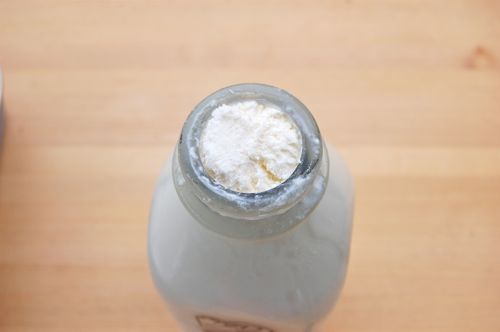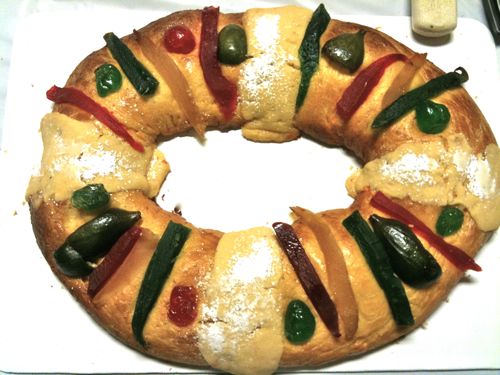Something else that’s interesting about Picardy is that they have their own language: Picard. Some consider it a distinct language, others just a dialect of French. But so I’m told, speakers of Picard and French can’t necessarily understand one another.
In our modern education environment where we take French, German and Spanish classes, it’s easy to forget that Europe — despite its best efforts to integrate itself into an economic, even cultural whole — remains a patchwork of cultures and languages, many that the average person has never heard of. The big, internationally accepted tongues are merely language of convenience which (supposedly) tie everyone together.
READ ON



